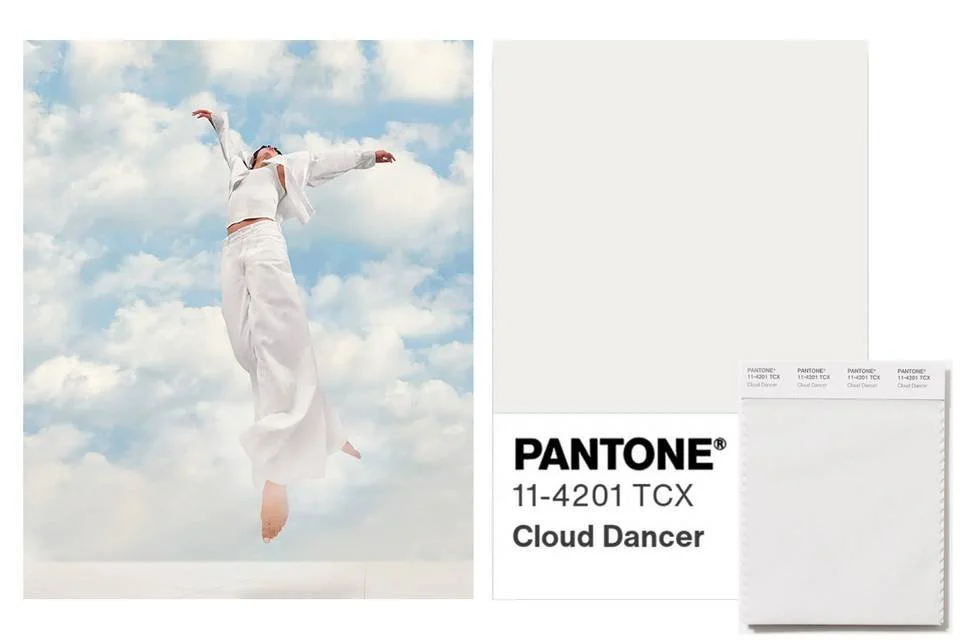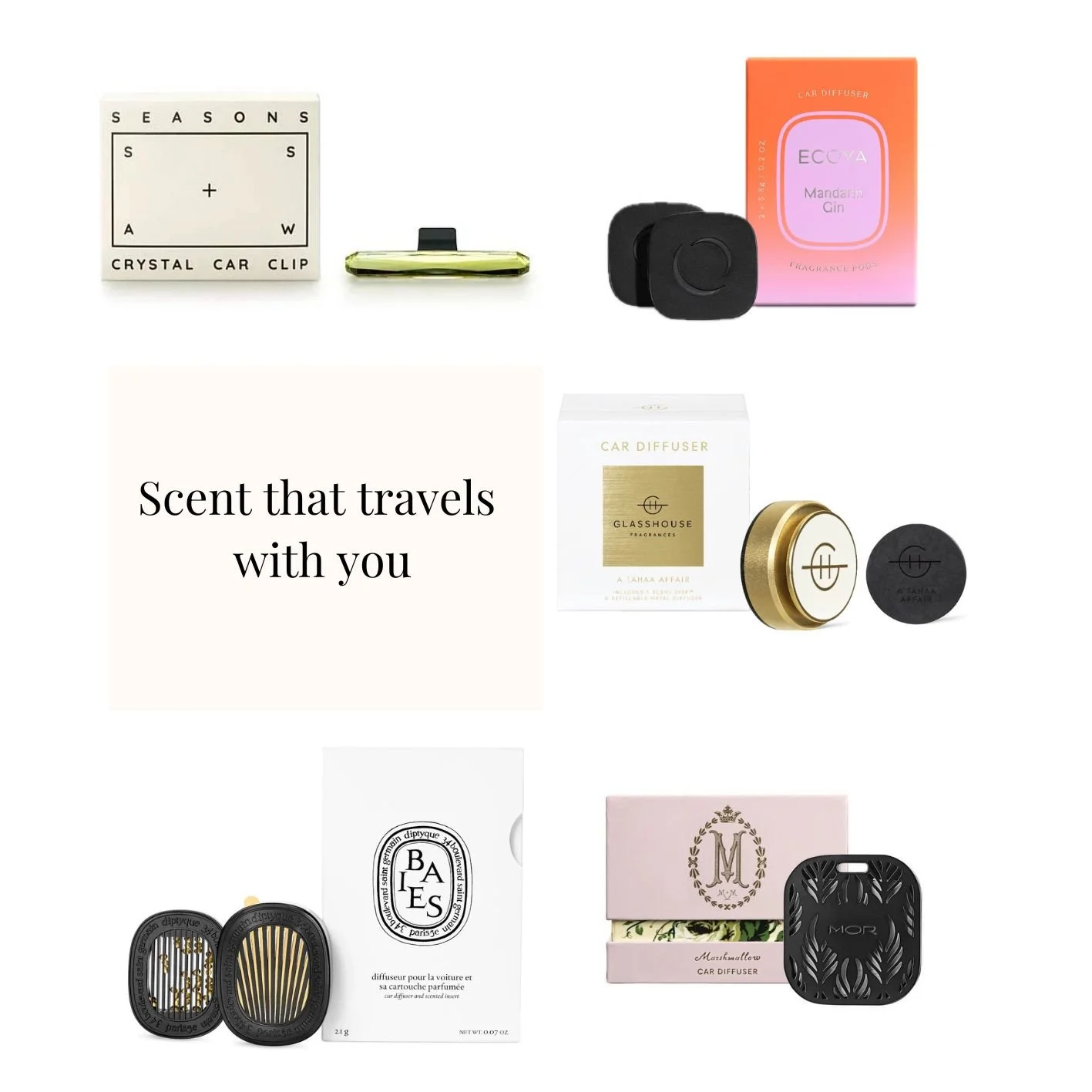Painting the exterior of your house black may seem pretty dramatic - and it is - but black is actually neutral, and some of our favourite blackhouses are holiday homes that dot the rugged coastline of New Zealand. As well as our favourite rockstar Miley Cyrus who chose black for her 1950s clapboard Southern California home. If you are considering going to the dark side we asked a few experts what to think about before taking the plunge says style director Louise Hilsz.
Where should I start?
First, consider the shade of black; there are many. If black is a bridge too far consider charcoal, and the trim and door black. Next, do you want a contrasting colour? Whatever paint design you choose remember your eye will be drawn to the door and trim first, so it ends up having the same effect as if you've gone all black. According to Auckland painter Dave Bell of Scope Painting, before you commit, consider this. "When considering painting your house black, it's worth taking a cautious approach," Bell says it's risky but fashionable. "It's like an indulgent night out on the dance floor with the girls in your tallest pair of stilettos." Think broken ankles a recipe for disaster." Fun at the time - right?
Are all black shades the same?
That's a no. For example, a warm black with red undertones will create a vastly different look and feel from a cool black with inky blue undertones. Also, consider the strength and direction of the sun on your house. Resene paint experts suggest when it comes to testing colours, never paint directly onto the house. Instead, it's better to paint a swatch and then move it around. If you paint directly onto the home to test a shade, the existing colour you paint over will affect the new colour you choose. The paint you choose is vital too. The light reflective value (LRV) of black is (0 per cent), when you paint timber black (or any other colour with an LRV below 40 per cent ), not enough light is reflected off the board leading to greater heat absorption. Whereas colours with an LRV above 40 per cent will reflect more of that light, ensuring the longevity of the paint coating. His bottom line: "When painting timber with darker colours, you run the risk of the timber splitting or warping and the paint coatings bubbling and or fading over time."
What about the finish?
When painting timber with darker colours, you run the risk of the timber splitting or warping and the paint coatings bubbling and or fading over time," says Bell. He warns it's not an easy DIY job. "Preparation is vital, so make sure you engage a painting contractor that doesn't take shortcuts, which should be reflected in the quote. Always check a companies reviews and references. Use paint technology such as Resene Cool Colours, which has special pigment technology, which helps reflect more heat reducing the suns heating effect on exterior surfaces.” Finally, Bell says if you are considering a DIY job, follow instructions. "Resene's specifications regarding the application of their product, such as applying a white undercoat before applying for topcoats, is foolproof."
What if I hate it?
Painting over a black house is doable but something you may need to consider before taking the plunge. Bell has the last word. "Ultimately, when painting your house black, you run the risk of the house needing to be painted a lot sooner than you would be with a lighter colour scheme, which is why very few painting contractors would provide the same workmanship guarantees they otherwise would. Although a bit like those stilettos, it might be worth the punt."

























Step inside style director Louise Hilsz’s bathroom transformation.